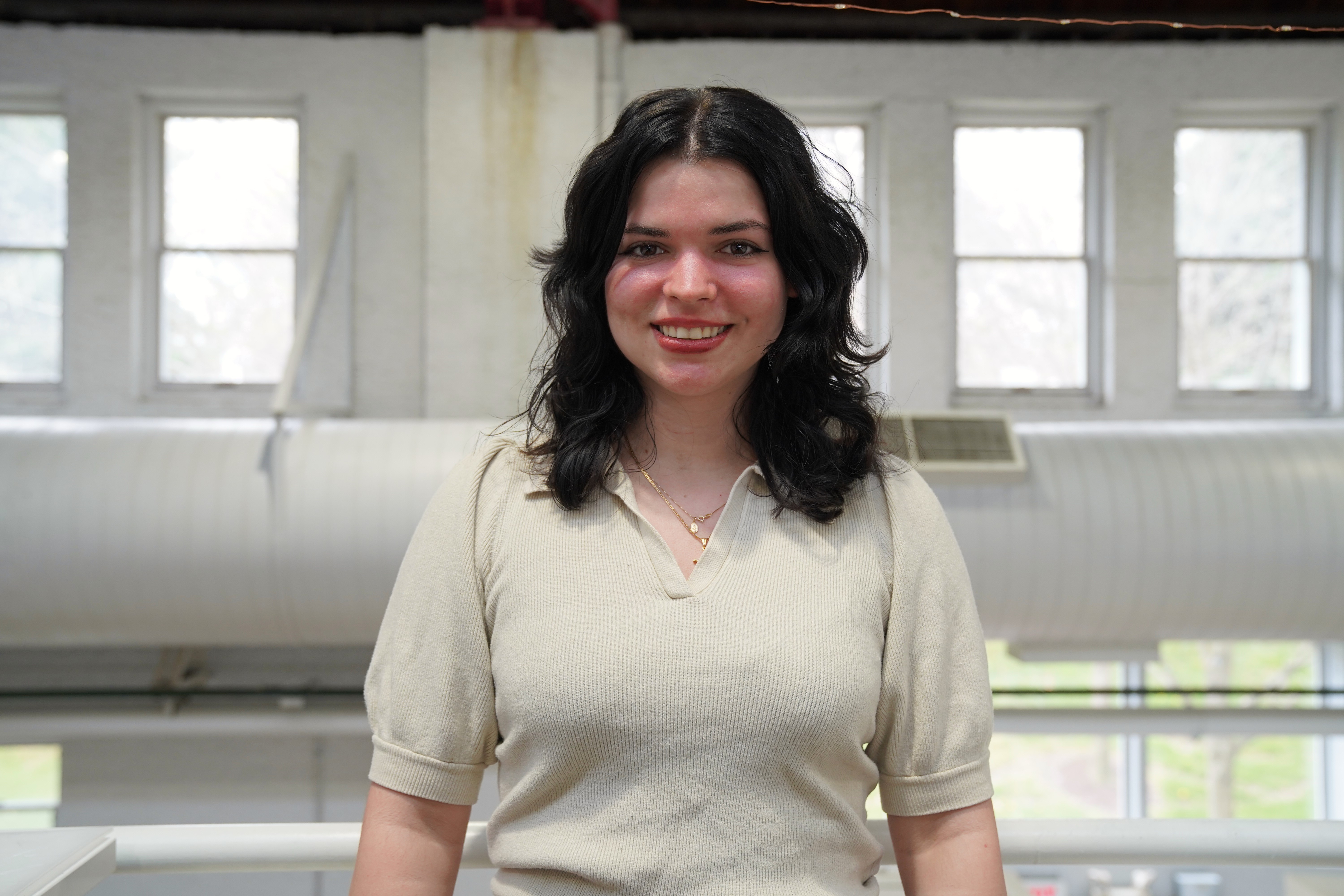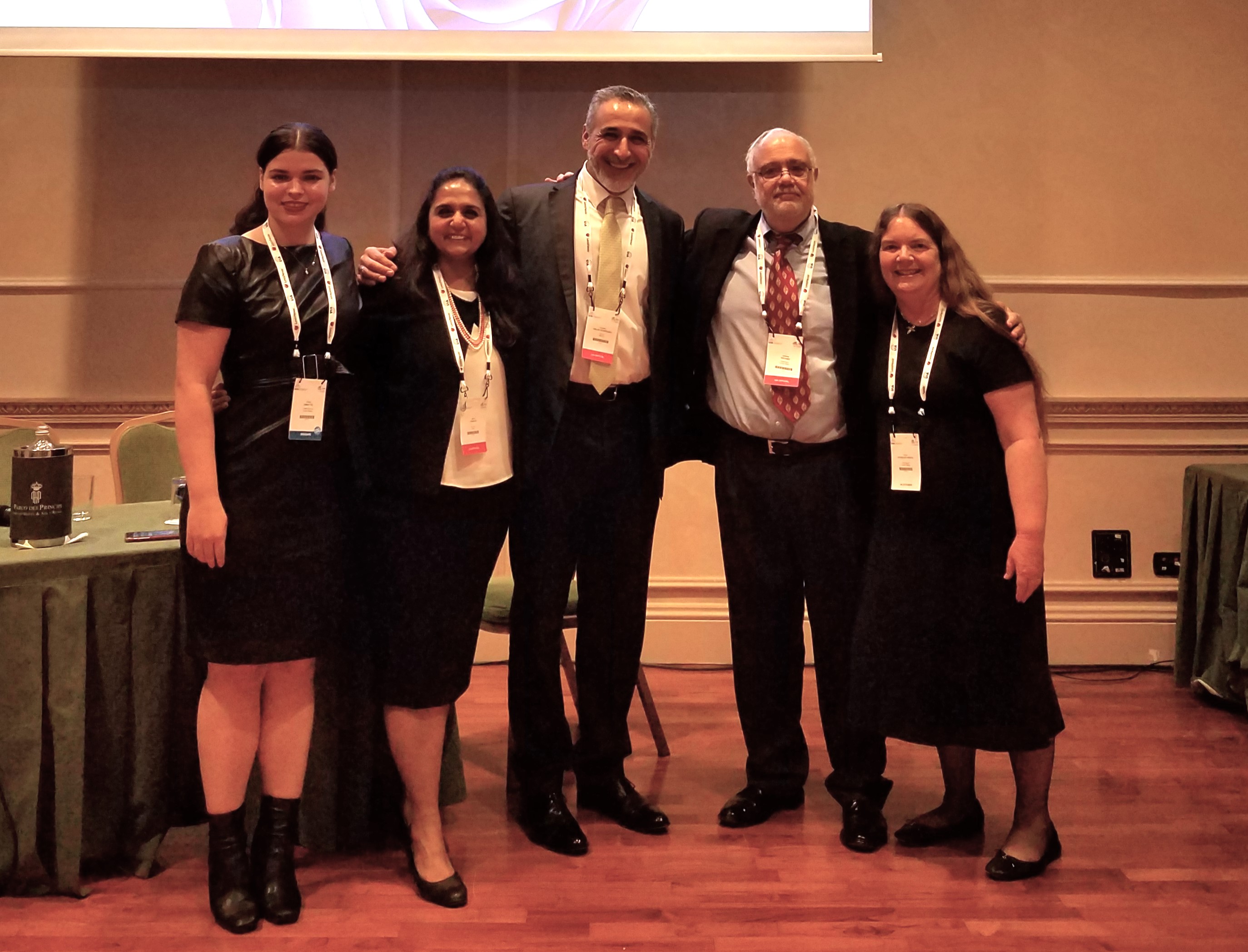
Natural disasters like tsunamis and hurricanes have brought destruction to communities for decades, displacing people from their homes and destroying buildings. An architect’s job is to design buildings that serve the needs of the client, but how can an architect design in a way that prevents damage and prepares for these worst-case scenarios? Senior architecture major Olivia DiMattio has joined forces with Anne Schiefer Pierce from Real Projectives to research how architects can adapt their designs to the changing climate in a way that creates sustainable structures and buildings.
It all started with Anne; she was preparing a presentation for the 67th annual International Association of Lawyers Congress, also known as the UIA Congress, that was held in Rome, Italy. A member of the Architecture program’s Board of Visitors, Anne reached out to Dean Mark Ferguson and Associate Professor Patricia Andrasik to recruit a student who could help with the project.
“The more I got into it, the more I realized this is a big topic,” says Anne. A recruitment email went out to students studying in Rome that semester; senior Olivia DiMattio responded, showing enthusiasm for the subject matter, making her the obvious choice. “I promoted it as something that would be interesting and a unique enhancement to her resume, since I was pretty sure that there wouldn’t be a lot of architecture students presenting at UIA.”

Olivia contributed most of the research started by Anne, who claims, “It’s not only that the good-looking slides are hers; a great deal of the actual content was hers. She was enthusiastic, and I thought this would be a huge enhancement to the presentation.”
Despite her nerves, Olivia managed to give a memorable presentation, and she even helped to troubleshoot other powerpoints that stopped working during their category’s time slot. “Going in I was really nervous, but once I got in there… It was a really amazing experience.”
Anne and Olivia’s slides covered the importance of ensuring the correct design for structures according to their environmental conditions and where specific buildings should be placed according to the climate of the site plans. Eventually, they touch on how other places like the Netherlands use this “right building in the right location” mindset to help their neighborhoods survive floods.

A specific focus of their research is how coastal areas are especially affected by climate change, using the examples of Hurricane Sandy that hit New Jersey beaches over a decade ago. They call for change from top to bottom, stating where funds could be used wisely and how we can make positive changes to our carbon footprint.
Anne’s goal for this research is to emphasize the importance of architecture in how it is taught: “These are topics that architects should be leading on because we understand and we put things together.”
“I think it definitely could change how architecture is taught… I think we’re eventually going to have to be designing for extremes,” says Olivia, excited to see the impact her research brings to Catholic University and potentially beyond.
Olivia and Anne will be presenting their research in Koubek Auditorium on Friday, April 12th at 6:30 pm, as well as at University Research Day on April 17th.
